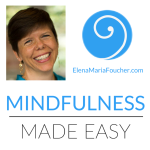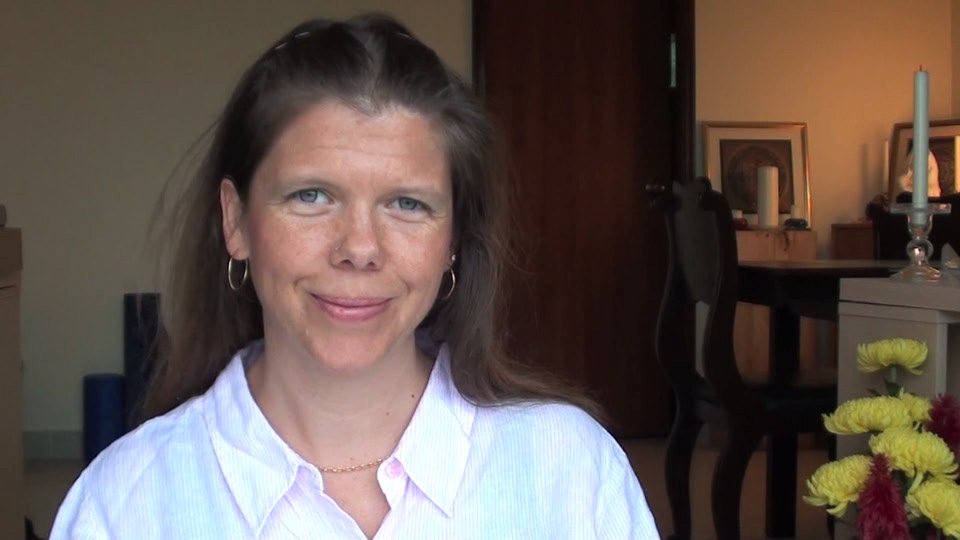
I just read this great article in Mindful Magazine about defining mindfulness. I think that they make some really great points including that mindfulness is the natural ability to be aware of where we are what we’re doing (and when we aren’t we tend to get anxious), that there many different ways to practice it, no belief system is required (nor negated) and that it brings out the best in everyone.
Be in the moment.
And like most people when they discuss mindfulness, I think that they miss a really cogent point that causes a ton of confusion: being in the moment does not mean you stop thinking about the past and future.
Oh contraire.
That is a logical mistake and an important one to correct. (Not that they make it directly, they just imply it and don’t address it.)
We keep hearing and saying, “Be in the moment. In the here and now. Don’t get lost in thought, thinking about the past and future, and lose touch with were you are in the moment.” This I agree with totally.
On the other had mindfulness doesn’t mean that you shouldn’t think about the past and future. We need to learn from the past and consciously create our futures. If we never did these things we’d be aimlessly moving though life, never improving our lives or evolving our selves.
Being conscious while thinking
Mindfulness isn’t about this. Mindfulness isn’t about giving up your ability to think or grow. It’s about doing these things with awareness. The conscious part is what’s important.
Being mindful means that when you think about the past and future you do it with awareness. You’re aware that you’re in the present, the here and now, thinking about another time. It means that you’re conscious about thinking about what happened and what could happen. Simply, you keep in mind the whole time, “I’m sitting here thinking this.”
This is an amazingly important point. And so many people misunderstand it that I’ve discussing it with practically every single client I’ve ever had.
Thinking isn’t the problem
I find this a weird disconnect. Why would the mis-belief that thinking is a problem be so widespread?
I imagine we don’t question it because most of us have a hard time with our thoughts and emotions. We want our busy minds to stop. We see them as the source of our problems, the obstacle to inner peace.
The issue here is that it’s not your thoughts and emotions that are the problem. The problem is that you get lost in them. You abandon yourself to them. And then you believe them.
The good news, my friend, is that they are not your problem. You don’t need to stop them, or calm them, or even make them go away. You just need to be aware of them. You need to be sufficiently conscious of them that you start to see/remember that you are not them.
Practice to realize your truth
This comes with mindfulness practice. As you practice being aware of yourself, of your thoughts and feelings and sensations, you realize little by little and giant leap by giant leap, that you are much bigger than they are.
This isn’t an esoteric idea or some kind of state or place that you have to achieve. This is who you already are. You’re already bigger than they are. You experience this naturally every time you become aware of yourself (example: notice that you’re sitting/standing there reading this and voila, you’re bigger than your body-mind). Simple, huh? Not rocket science.
The only difference between experiencing that as unimportant and experiencing that as evidence that you’re bigger than your thoughts is that you haven’t done it enough. The more you do it, especially being aware of yourself while you’re thinking, the more obvious this becomes.
And most importantly, you need to do it for yourself. You need to find out for yourself whether this is true or not. Definitely don’t believe me. Be the arbiter of your own reality.

 (meditation: 8:51 min)
(meditation: 8:51 min)







